Aster Plant Care - How to Grow |
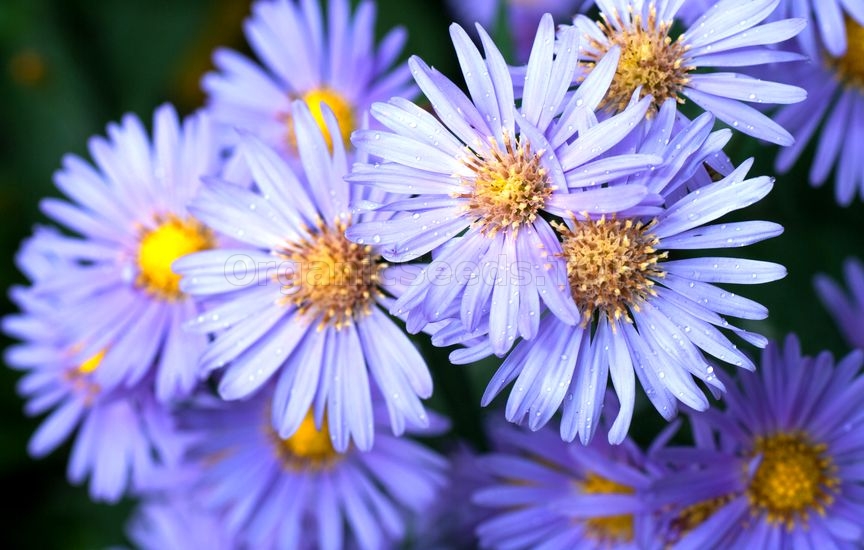 The numerous small flowers with their colorful, radically arranged petals are responsible for the fact that the white wood aster belongs to the most attractive late blooms in Central Europe. In late summer and autumn many flowers cover the lush green shrub. Choosing the right location and taking care of it according to the following instructions will ensure that you can enjoy the flowers for several months. Plant Profile
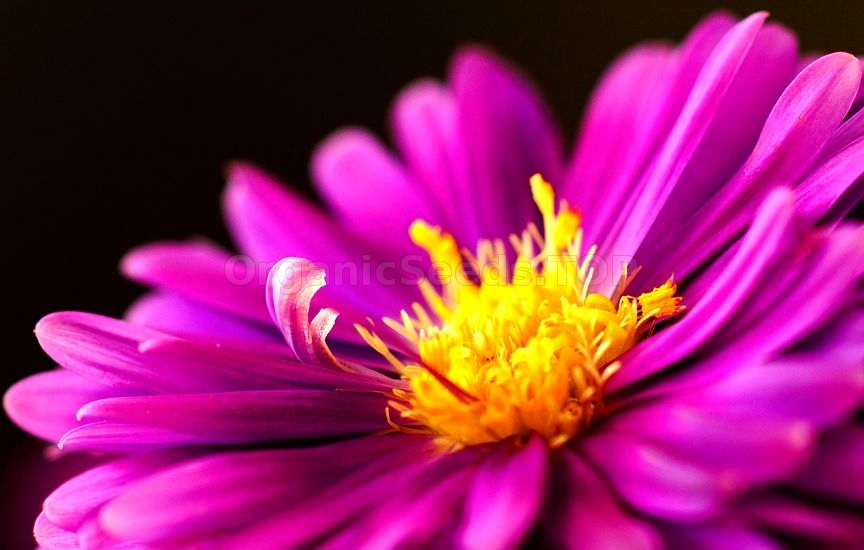 Only when most of the ornamental plants have already faded, the colorful white wood asters have their great appearance. On the small shrubs, numerous colorful and densely growing flowers open up between August and October, which make the plant with a sea of blossoms a real sight. Asters have a very good effect both in the plot, as well as in the stone garden or in buckets. They are also popular as cut flowers in autumn bouquets. So that you have a long time to enjoy the colorful perennial, you should follow the instructions carefully. In addition to the viewer, insects are also happy about the blossoming splendor: the late-flowering asters serve as a food source for bees and butterflies in the autumn. Care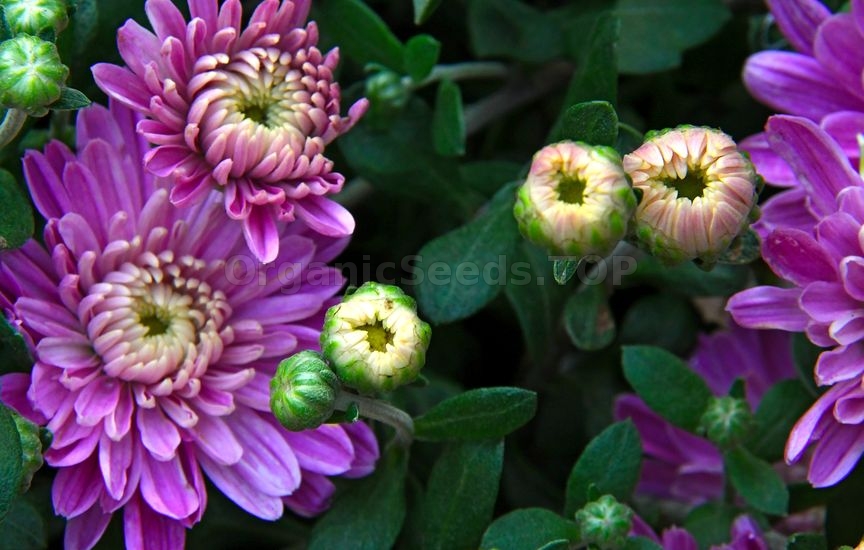 White wood asters are comparatively robust, but somewhat more demanding than China asters. With a few measures and a regular care, diseases and pests can be avoided, so that the garden plant thrives and intensively blossoms for many years.
Location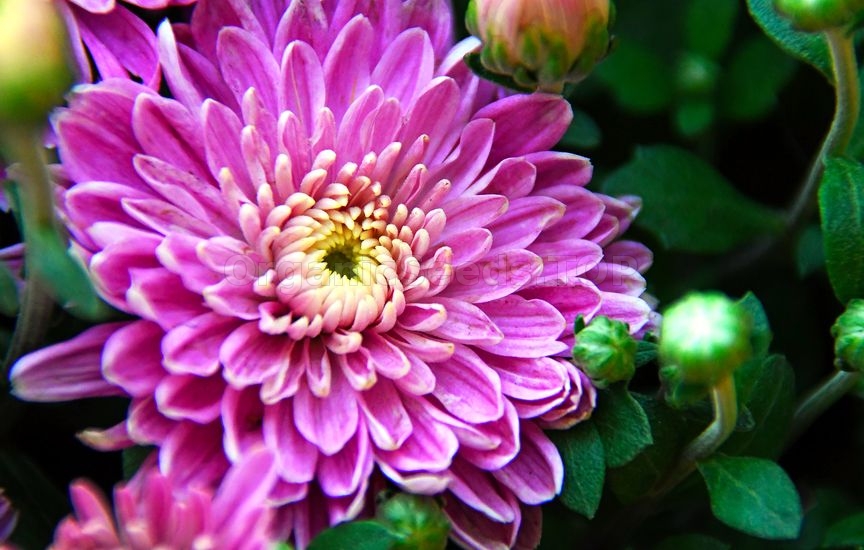 A sunny location is best suited for white wood asters. In the morning and afternoon sun they grow optimally and form a lot of flowers. If possible, however, the shrub plants should not stand in the hot midday sun, as the flowers are not so tolerant and therefore the flowering time can shorten. A few varieties can also be planted in a semi-shady location.
Soil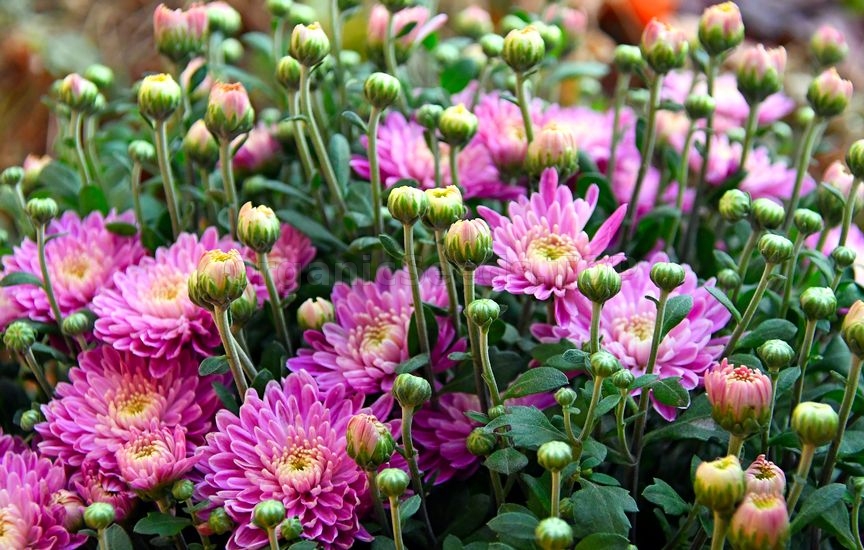 The white wood aster grows optimally in a loose, nutrient-rich, humusible and permeable substrate. Normal garden earth is usually sufficient. If the soil is too sandy, however, it should be mixed with compost. Under too tight ground you can mix sand and / or compost to loosen it and improve its permeability.
Planting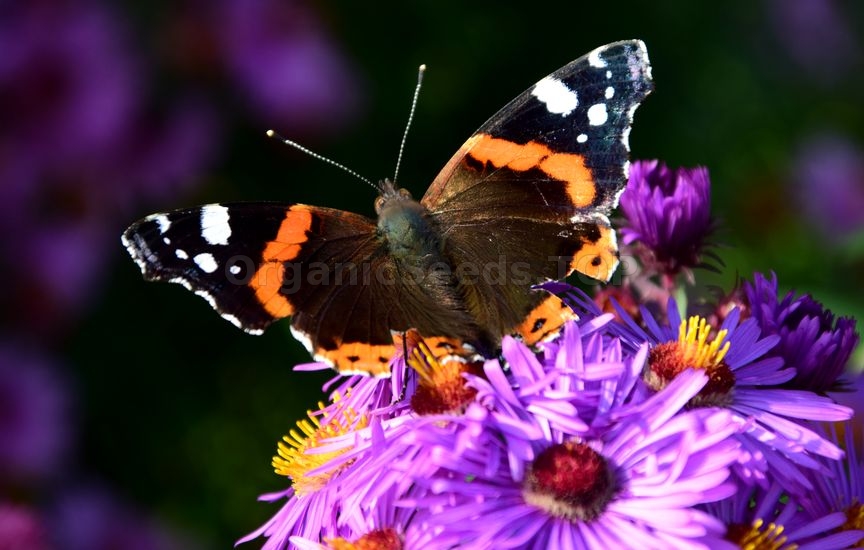 In spring or autumn, asters are placed in the ground. A minimum distance of 30 cm should be maintained between the individual perennials. This allows the air to circulate well, resulting in a reduced risk of disease and pest infestation. Young plants, which are still growing strongly, should be put somewhat further. A distance of 50 cm to 80 cm is recommended.
Watering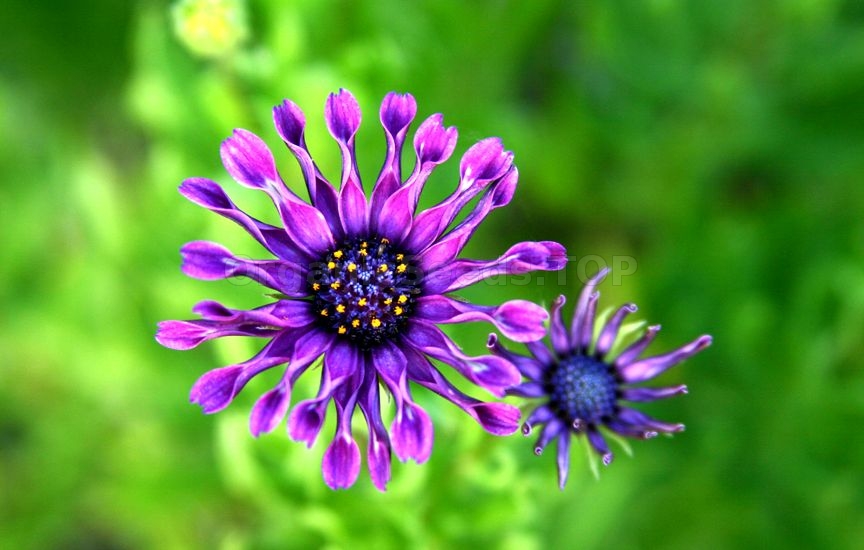 The Aster does not tolerate permanent drought. The soil should always be kept fresh to damp, but without the formation of frost. If it rains too little, the plant must therefore be regularly watered in the summer. Pour the shrub from below and close to the ground so that the leaves do not become moist. White wood asters are prone to mildew, which particularly likes moist leaves.
Cutting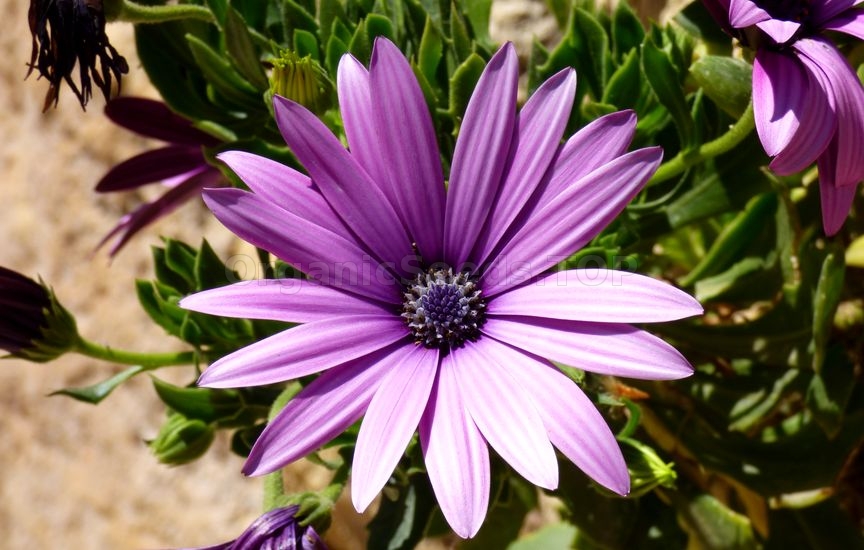 Withered flower heads can be carefully removed. This favors the growth of new flowers. If the plant is completely faded, it can be cut back in the upper third. Subsequently, the complete retreat takes place either in late autumn or early spring. All branches and twigs are cut back so that only the base remains.
Division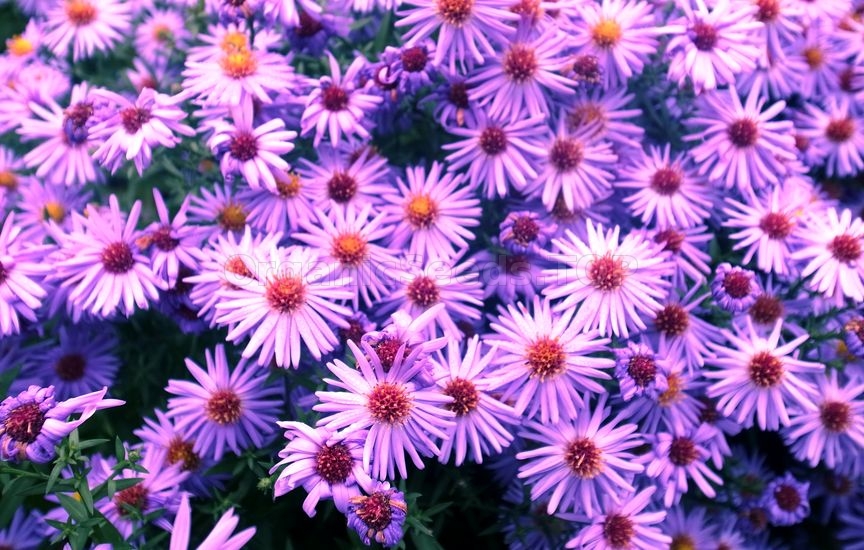 Asters are most easily breeded by division. Every two to four years, a plant should be divided into two or more new plants that you plant separately from each other at a new location. This leads to a rejuvenation, which preserves the flowering ability and strengthens the plant. The division should be carried out after flowering in the late autumn or alternatively at the beginning of the spring. For this, the aster is divided with a sharp and clean knife at the root.
Cuttings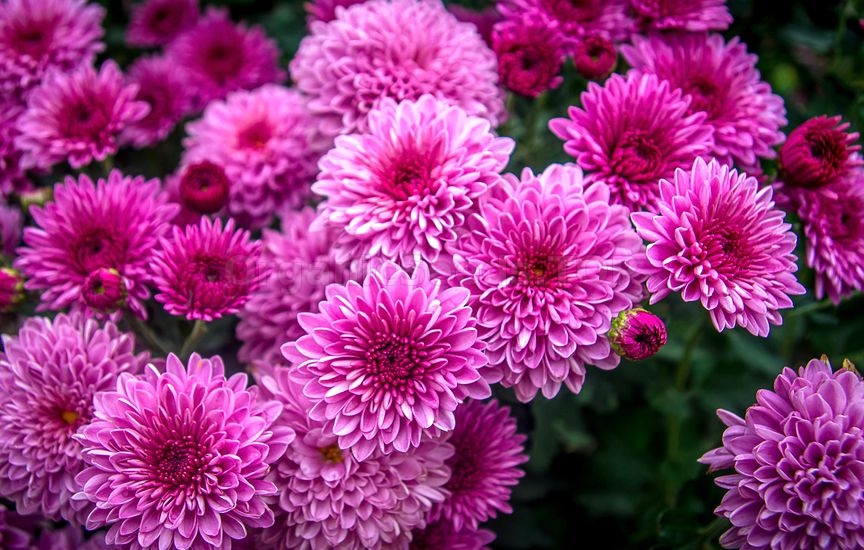 To breed white wood asters over cuttings, first cut a shoot from the mother plant. This should be about ten centimeters long. Remove the foliage in the lower third and insert the shoot into a pot with a potting compost or a mixture of garden soil and sand. As a high humidity favors the growth, you should put a bag or something similar as a hood over the pot.
Seed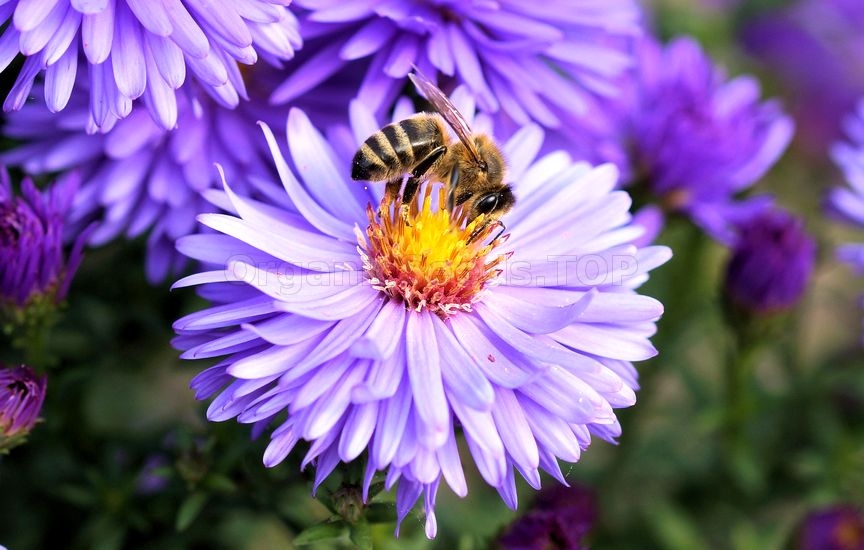 White wood asters are sown outside in spring. The seeds germinate at temperatures between 18 and 21 degrees Celsius within two to three weeks. If you want to sow asters in summer, autumn or winter, you should do this in a bucket in the house or in the greenhouse. Again, a temperature between 18 and 21 degrees Celsius should be considered. The pre-grown plants can then later be placed outside.
Overwintering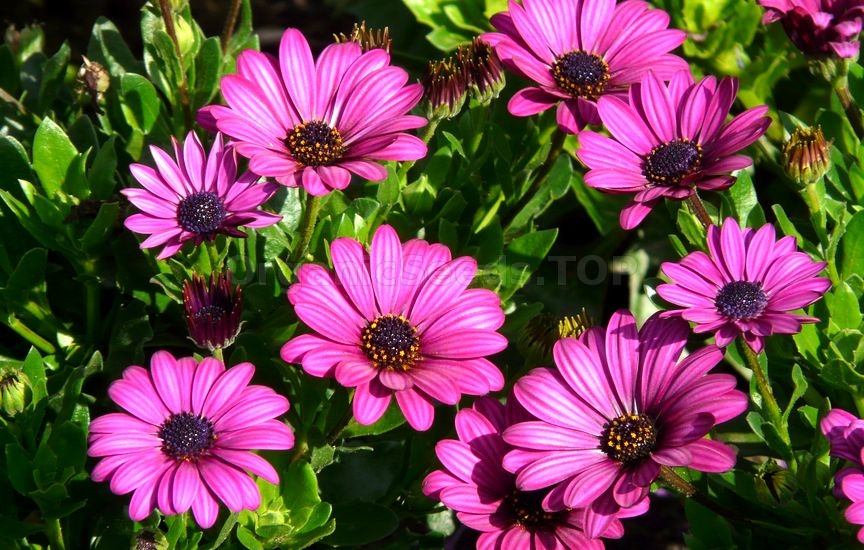 White wood asters are perennial and can overwinter in the bed. In order to protect the roots from frost, the soil can be covered with an additional compost layer around the plant for safety.
Vermin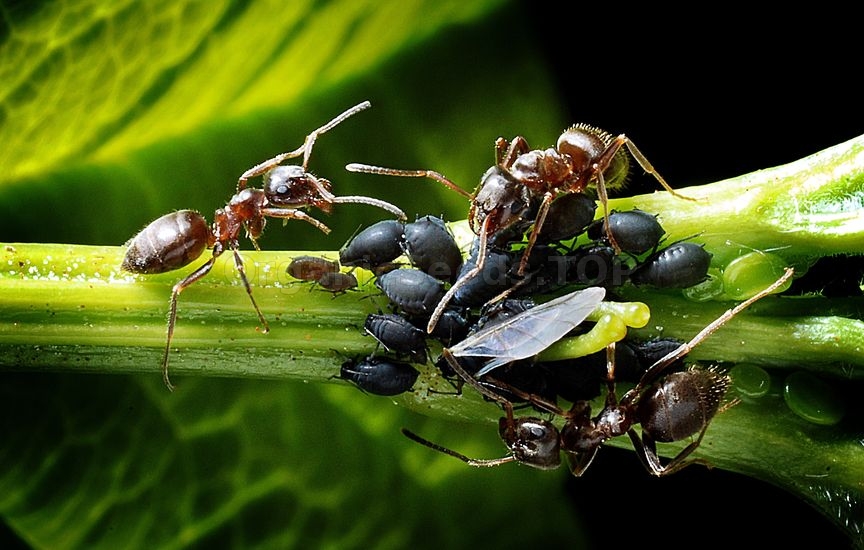 Asters are mainly affected by diseases, less by pests. If a pest spreads on the plant, it is usually the aphid like on many other plants. Rinse the small insects with a stinging nettle or soapy solution. The affected plant should be sprayed several times at intervals of two to three days from all sides. Once no aphids are visible, you can complete the treatment. You may need:Aster seeds«Pompon Blue» - Organic China Aster Seeds«Red Start» - Organic China Aster Seeds«Silver Turm» - Organic Aster Seeds«Lollita» - Organic Aster Seeds |
|
|
